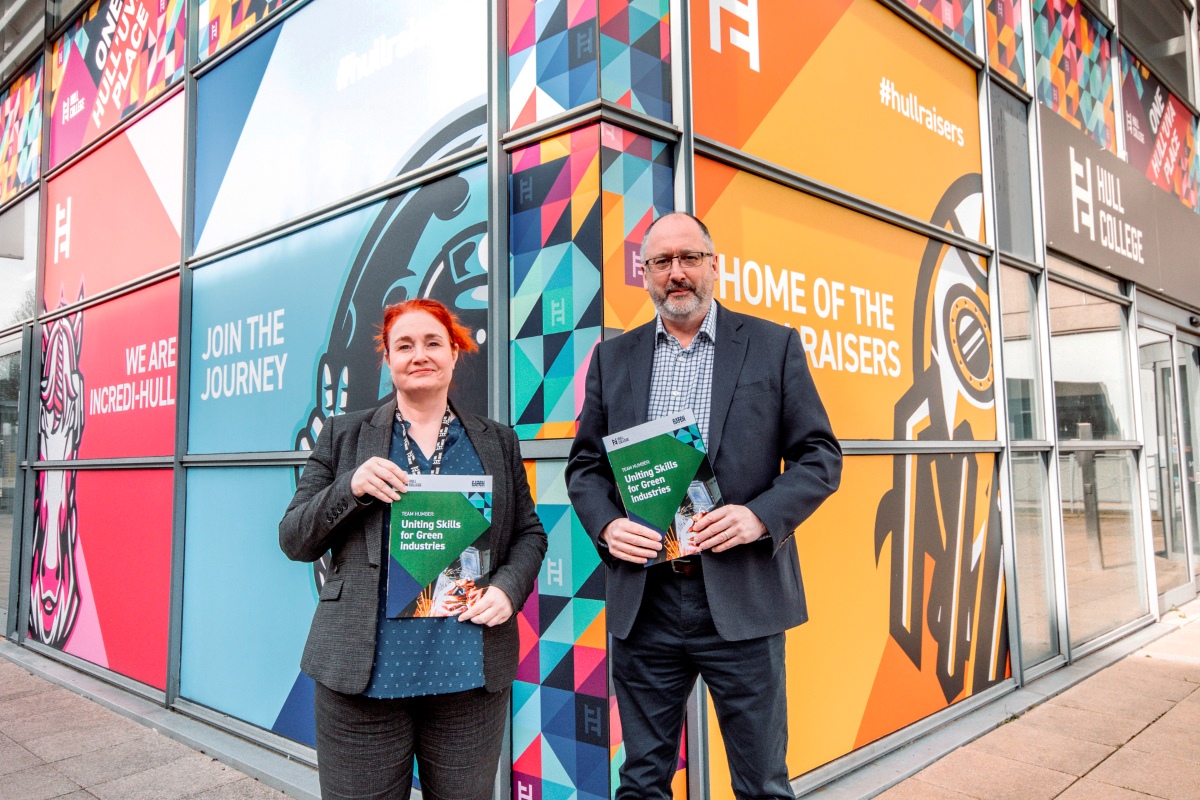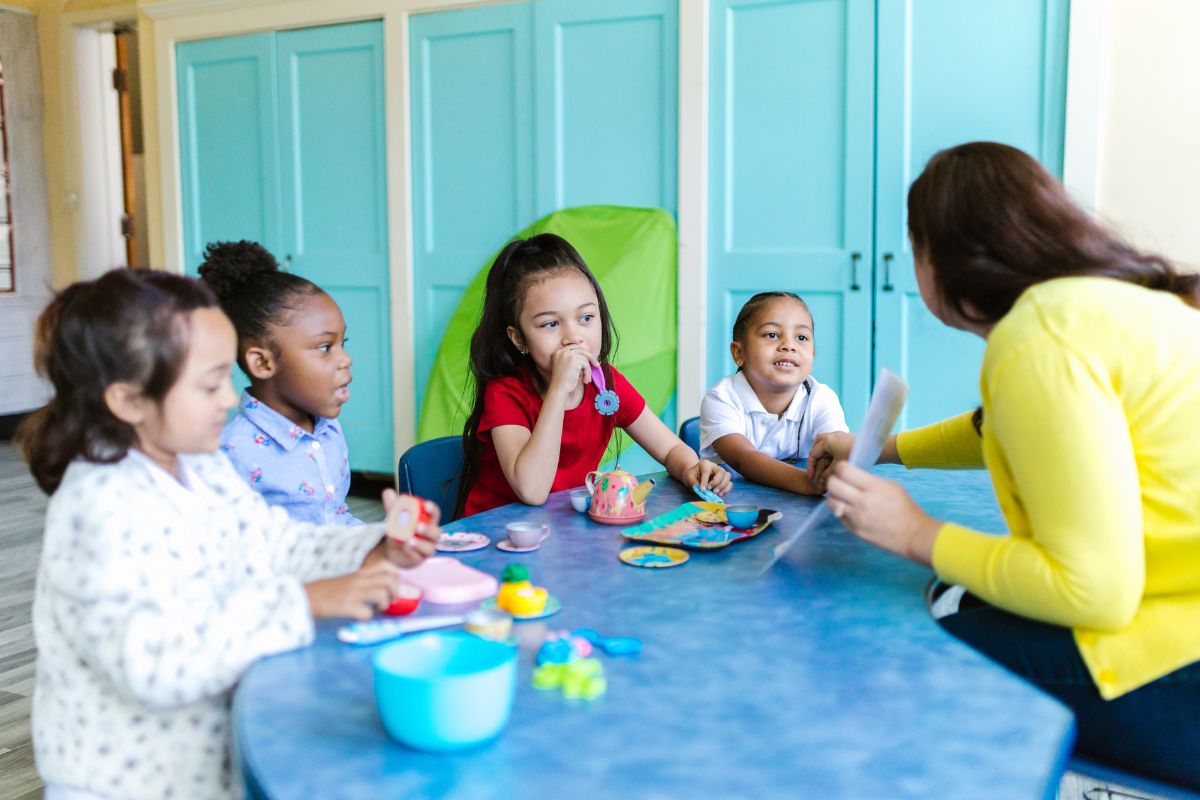Schools are wasting £484m on paper each year, the equivalent of nearly 3 million Chromebooks*

New UK research commissioned by Kami (@usekamiapp), the leading digital classroom application, today reveals that teachers remain heavily reliant on paper for in-classroom teaching, spending an incredible £484 million a year* on printing out worksheets and hand-outs.
This dependence on paper is especially concerning when we consider that almost three quarters (72%) of teachers recognise that the majority of their pupils will end up in a job that is heavily digital.
And yet a paper-based education system is holding them back.
According to the research which surveyed 400 primary school and 400 secondary school teachers, they’re having to teach themselves digital skills (77%) and face a lack of devices (52%) and software (47%) in the classroom.
Hengjie Wang, CEO & Co-Founder of Kami said:
“The pandemic has highlighted a disconnect between the paper-based education system that exists in the UK and the teachers who are crying out for the in-classroom tools and training to better help them prepare students for a digital-first future and lifelong learning journey. As schools look for ways to help students catch-up from what many fear to have been a lost year in education, there is an opportunity to aid this, and student’s success in their future careers, by putting technology at the heart of teaching practices”.
Drivers of demand for a digital-first education in the classroom
This demand for technology is driven by a UK teachers’ sense of purpose as educators, with the vast majority (89%) saying their role as a teacher is to ensure they best prepare pupils for their adult life. With this in mind, there is a clear sense of urgency coming from teachers in their ability to achieve this given the lack of resources. A massive 90% of teachers know that pupils need to keep advancing their digital skills, while as many as three quarters (73%) say they believe that life will only become more digital-first, and so the classroom should too.
It also comes from perceived shifts in the way students want to learn. When asked about what they think pupils’ expectations are now, teachers reported that students are looking first for more personalised learning (78%), a collaborative learning experience (74%) and instant feedback on homework (65%).
But it’s not just students that have changed, teachers and their view of the benefits of technology in the classroom have too. Over half (56%) of those already using education technology (software) believe that it has improved learning outcomes for pupils. And it’s clear they’re eager to use it more going forwards, with a massive 85% of all respondents stating they’re excited about the potential benefits technology can bring to the classroom.
Amanda Hayward, E Learning Advisor at ICT in Schools, said
“There was a realisation for many of our education communities in the last year that technology was not a hindrance or difficult to use, it is just another means of reaching learners. Assigning work online is as easy as handing out a worksheet, but has so many other added benefits that in many cases have superceded the paper version. Using tools such as Kami has allowed educators to personalise learning and make feedback accessible to all learners and their families”.
Kami is calling on educating institutions to make delivering a digital-first education within the classroom part of their roadmap for the future, transferring their reliance on paper, into investment into the skills, devices, and software needed to prepare students for a digital future.
Hengjie Wang, CEO & Co-Founder of Kami said:
“As much as expectations, patterns, and styles of work have shifted during the pandemic, we’ve seen the same for education. Schools need to think seriously about how they can reallocate the huge figures spent on paper into delivering a digital-first education – including training programs for teachers, investing in software solutions, and putting a device into the hands of every pupil”.












Responses